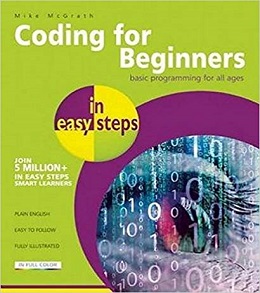Technology
Explore Programming Skills?
- C#
- .Net
- Asp.Net MVC
- Asp.Net
- Asp.Net Core s ........................
- Web API
- WPF
- Blog
Explore Home Features?
- Angular
- React
- Java
- Java Script
- Git and GitHub ..................................
- HTML5
- Ajax
- Google API
Explore Home Features?
- About Us
- Entity Framework
- CSS
- Html5
- Bootstrap ......................
- Google API
- Other
- WCF
Explore Home Features?
- SQL Server
- Oracle
- MongoDB
- MySql
- Other ........................
- Google API
- Other
- WCF


